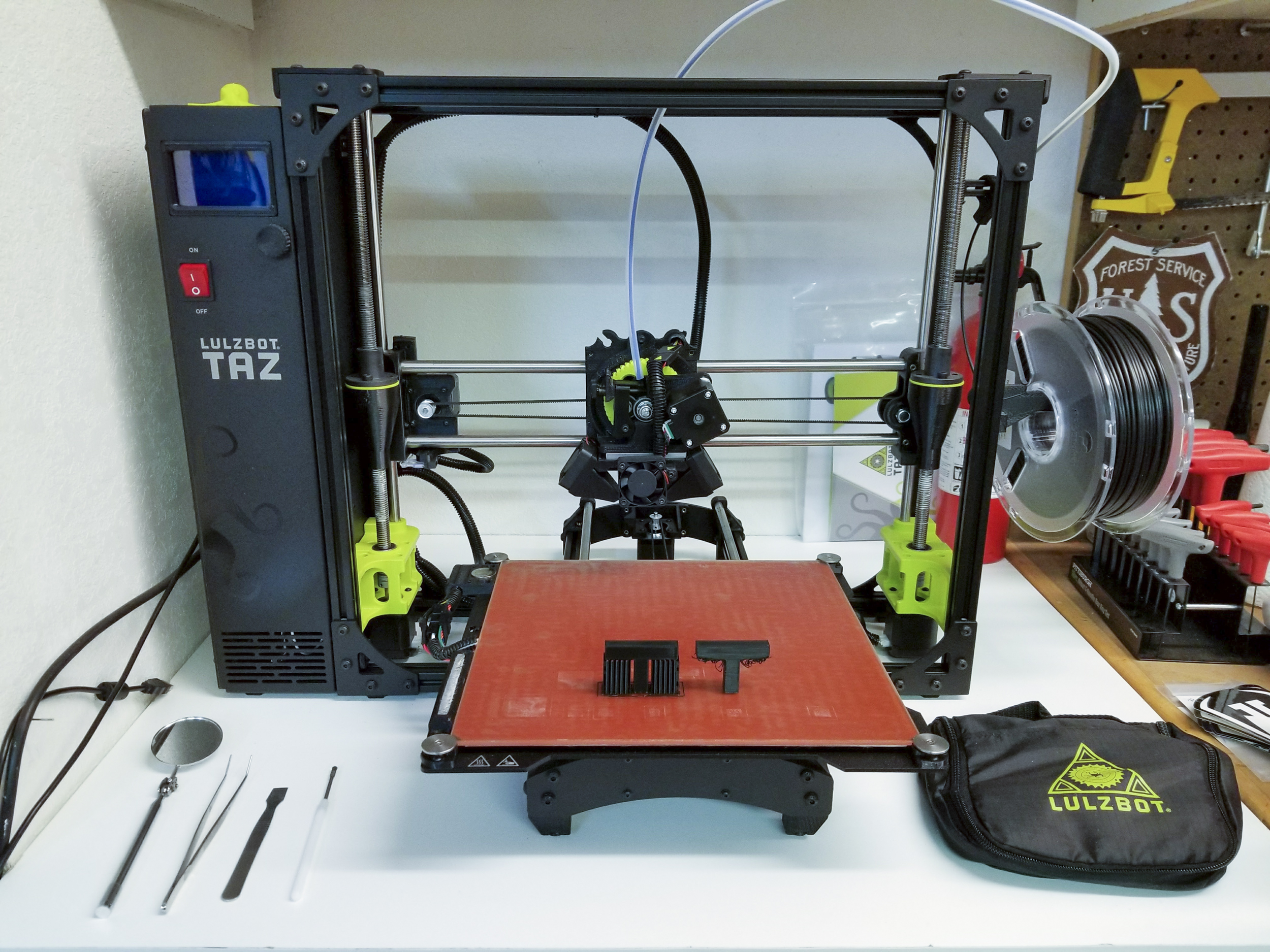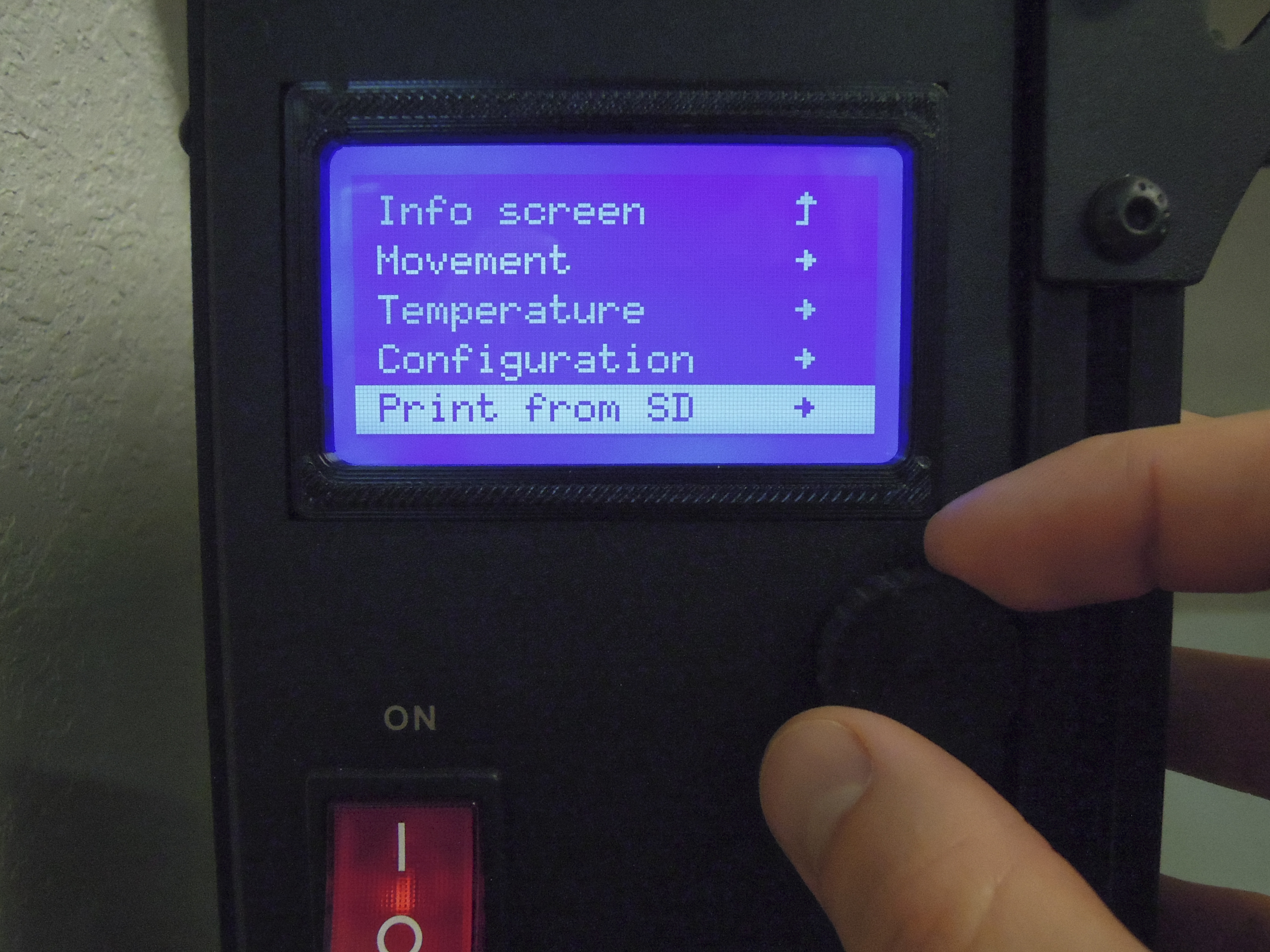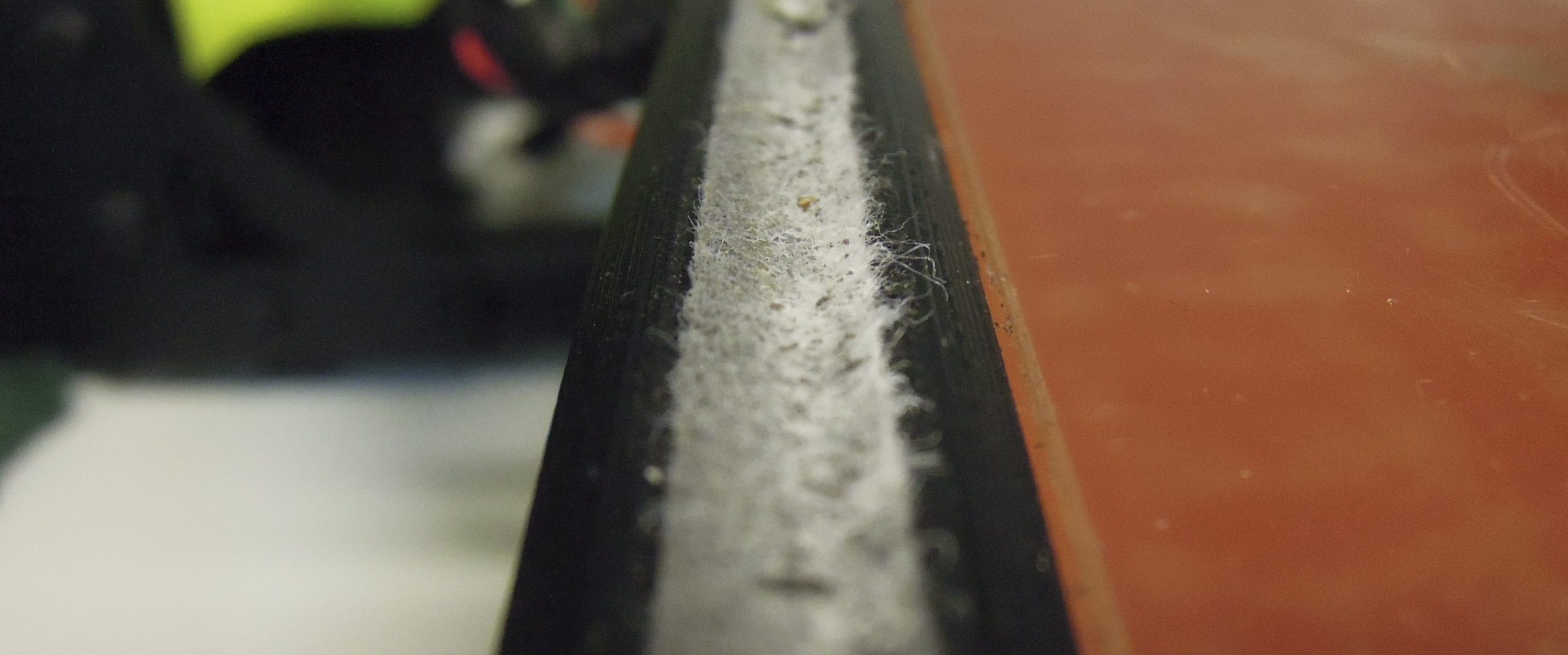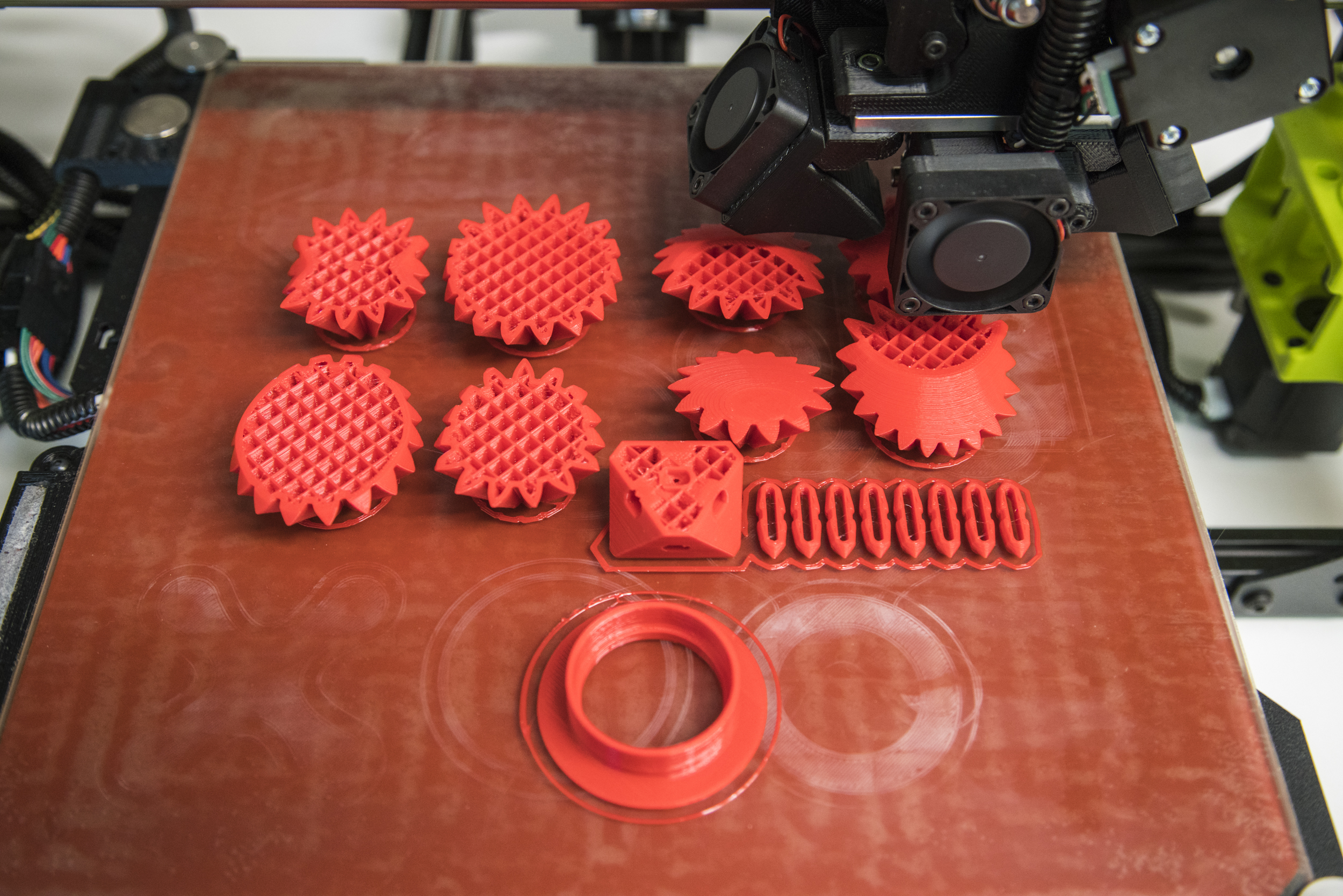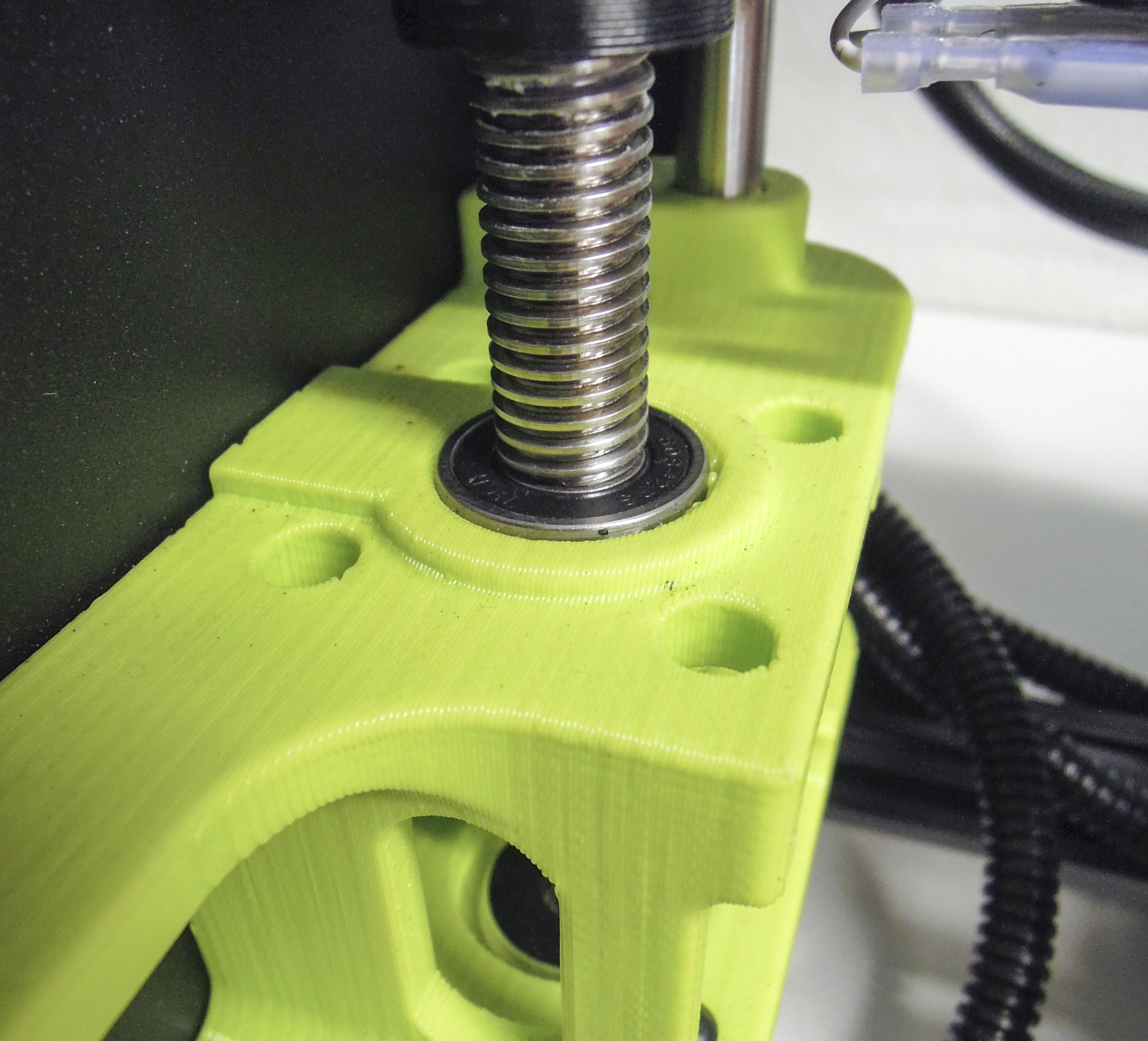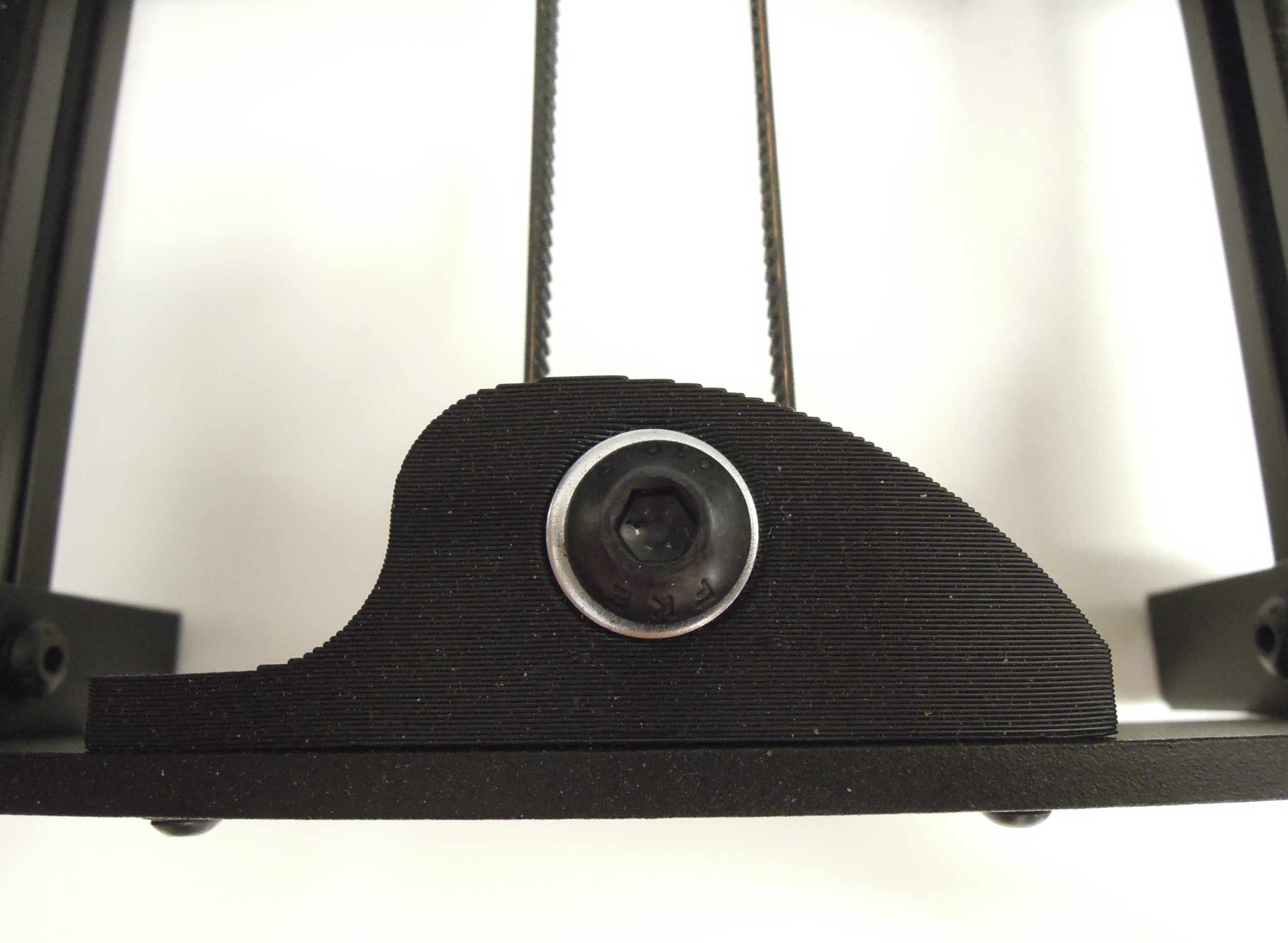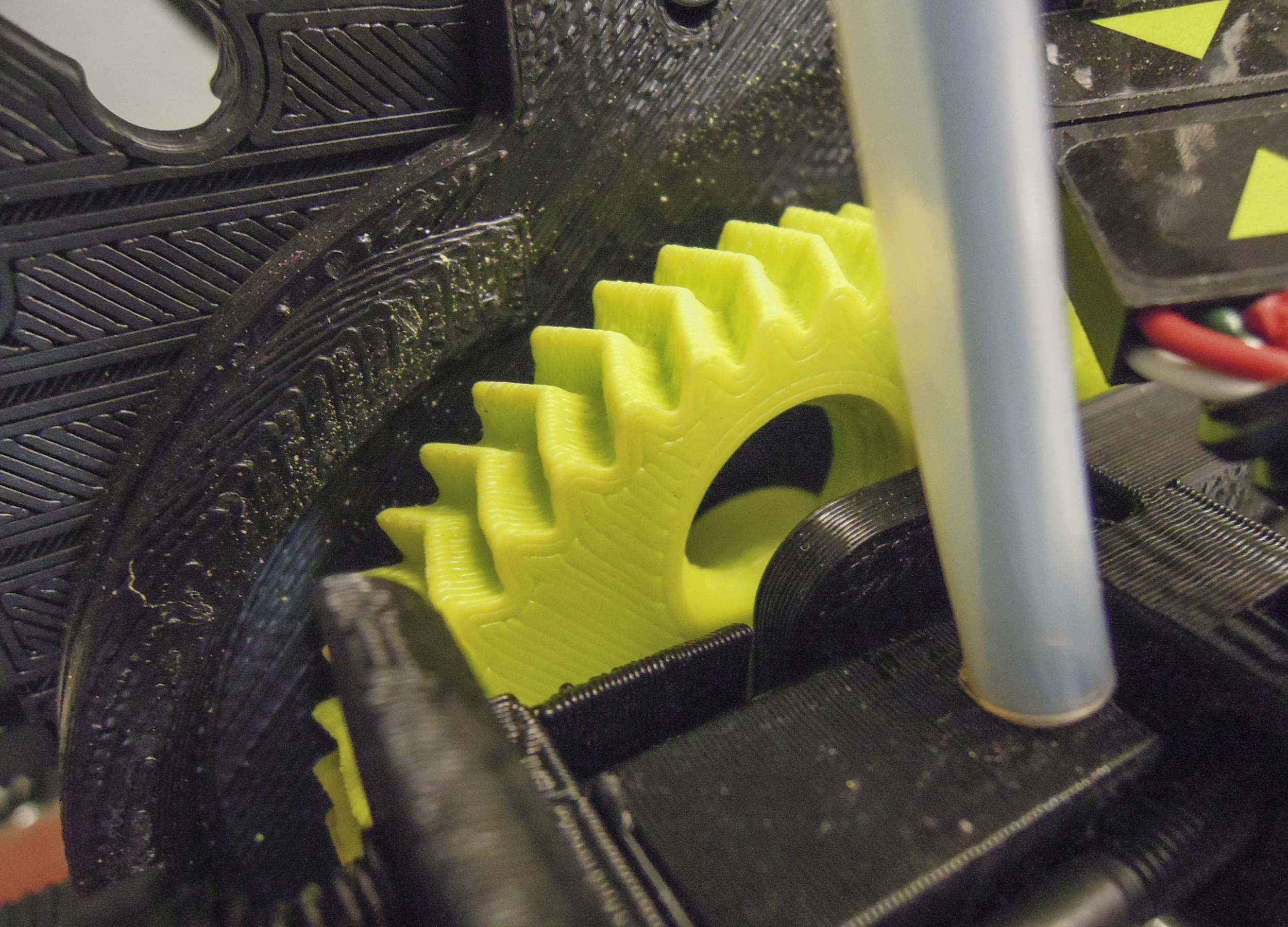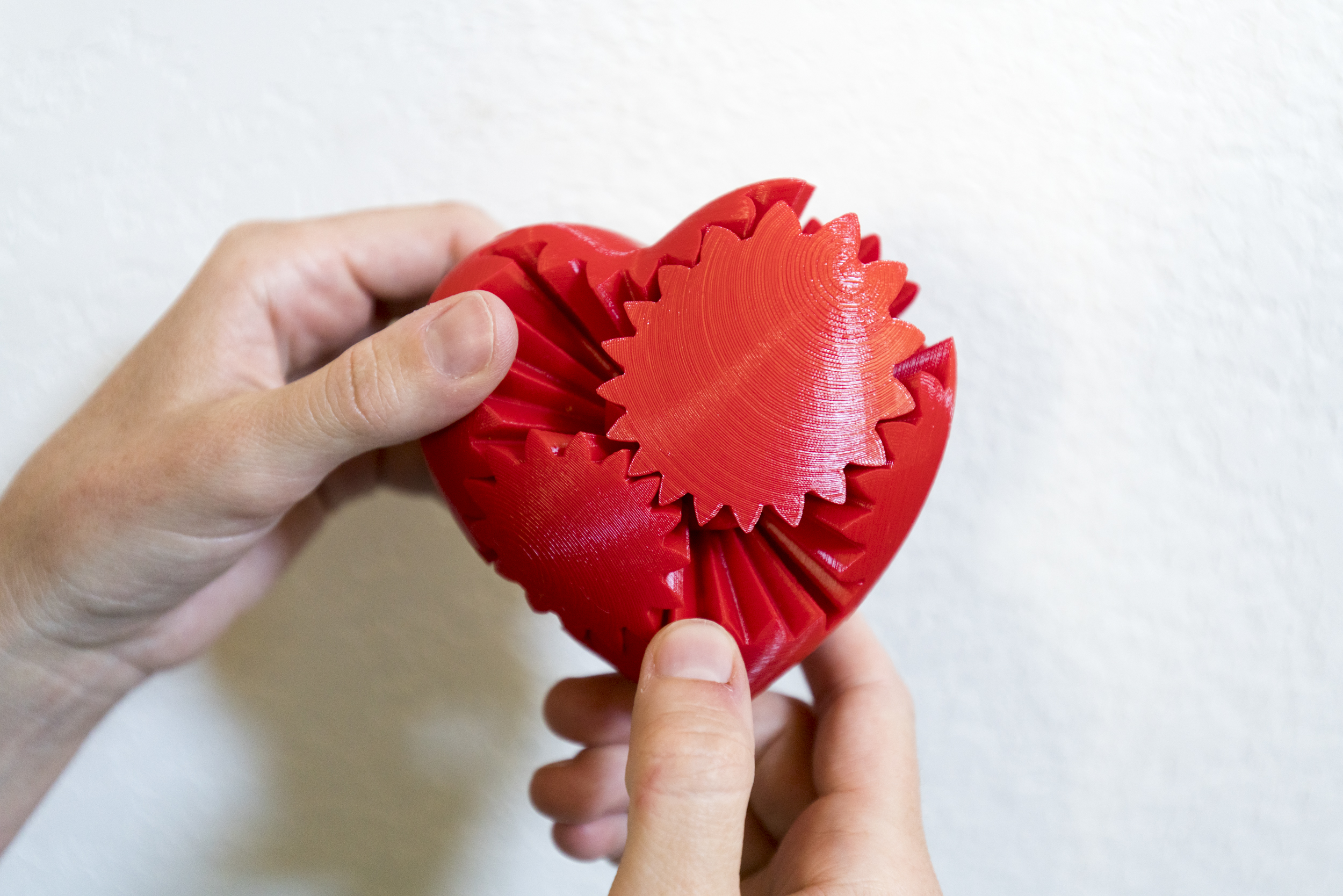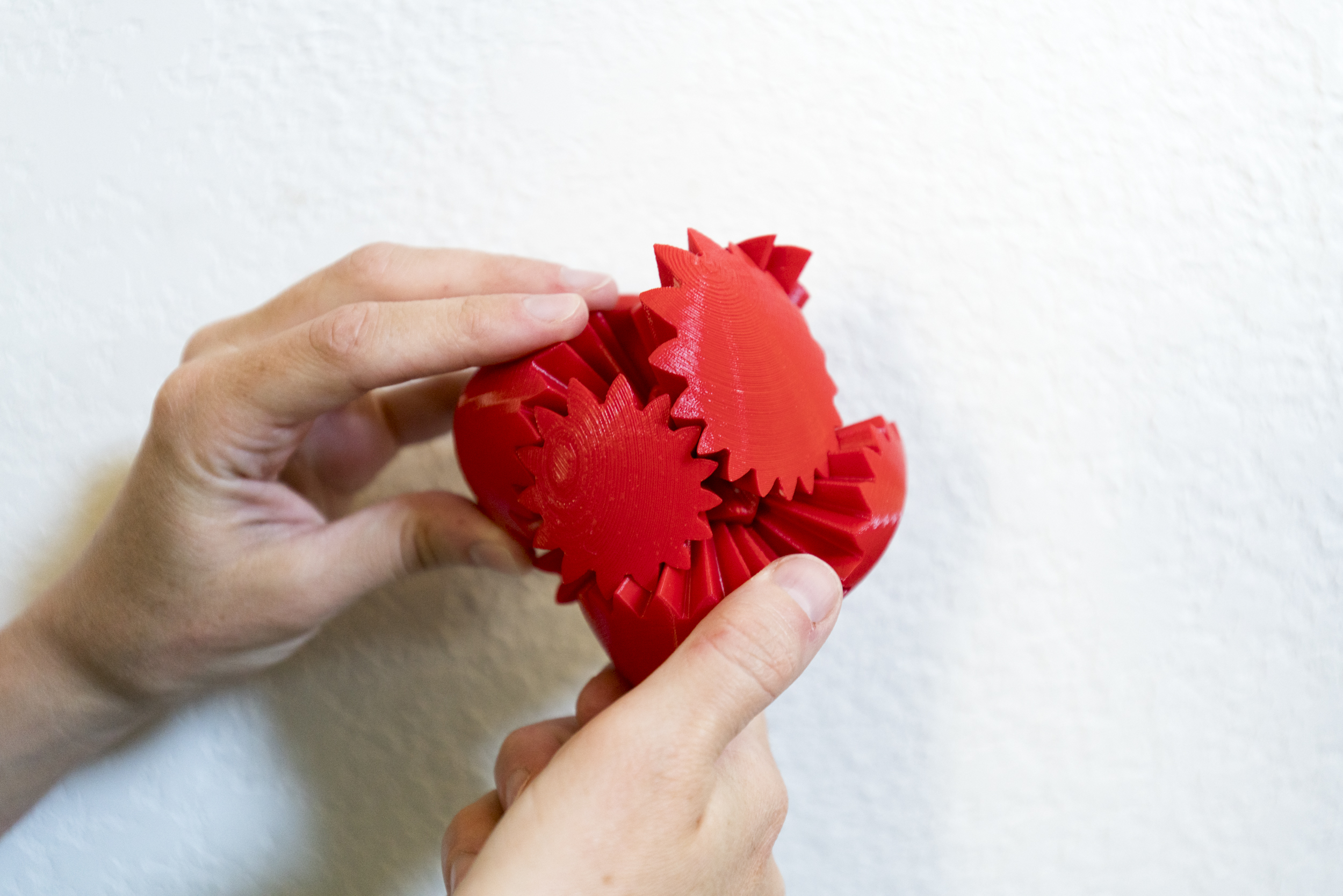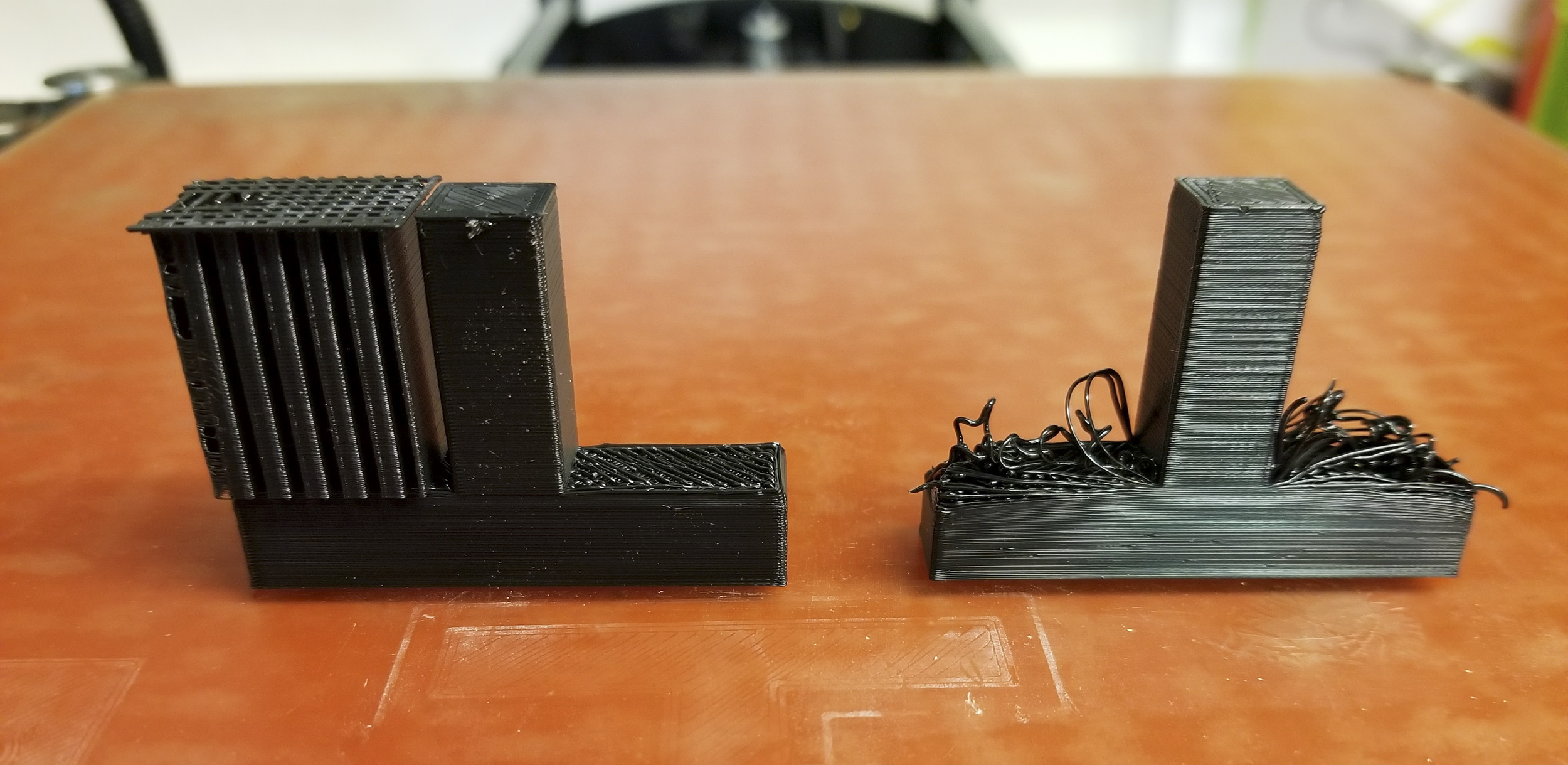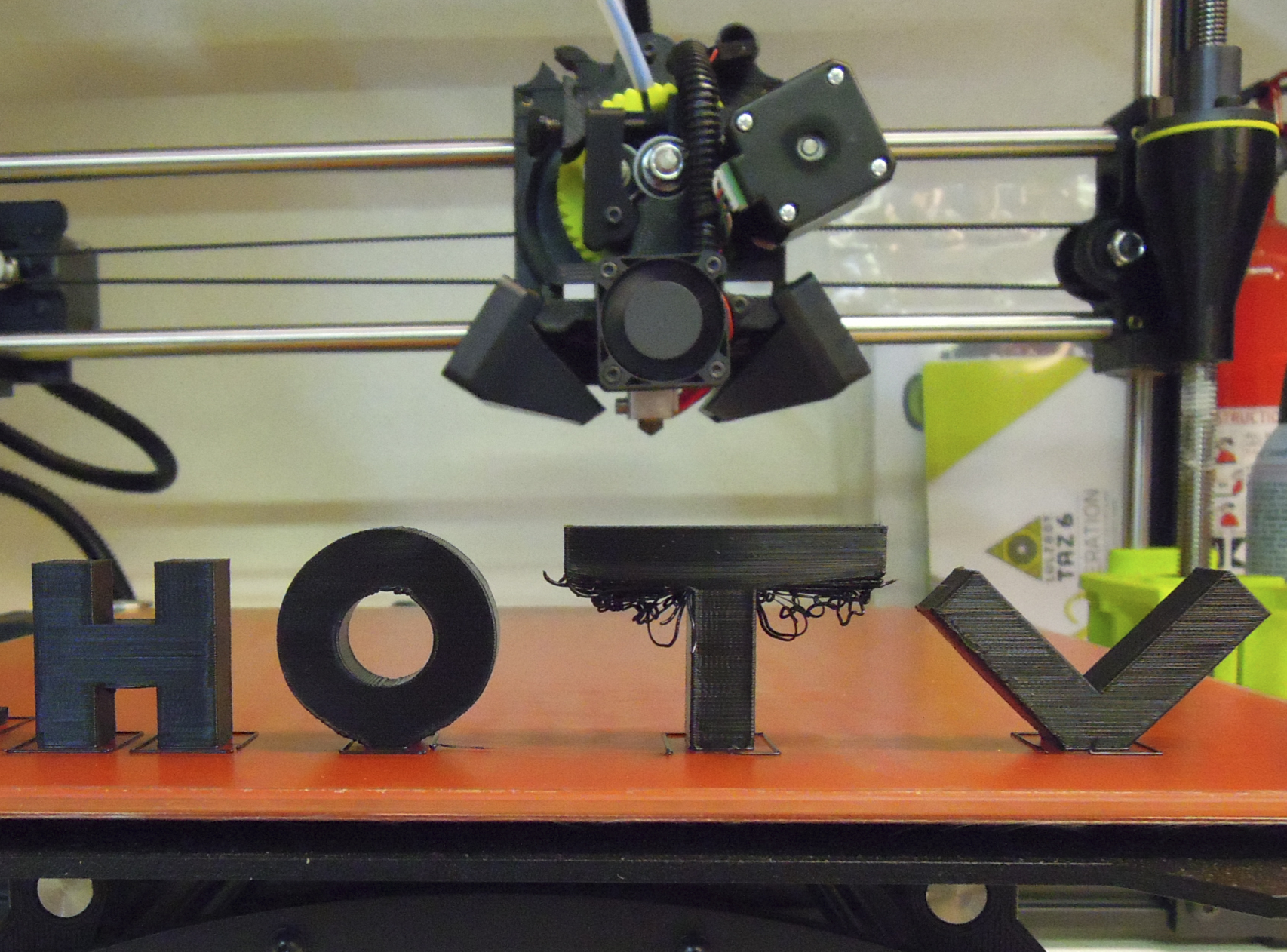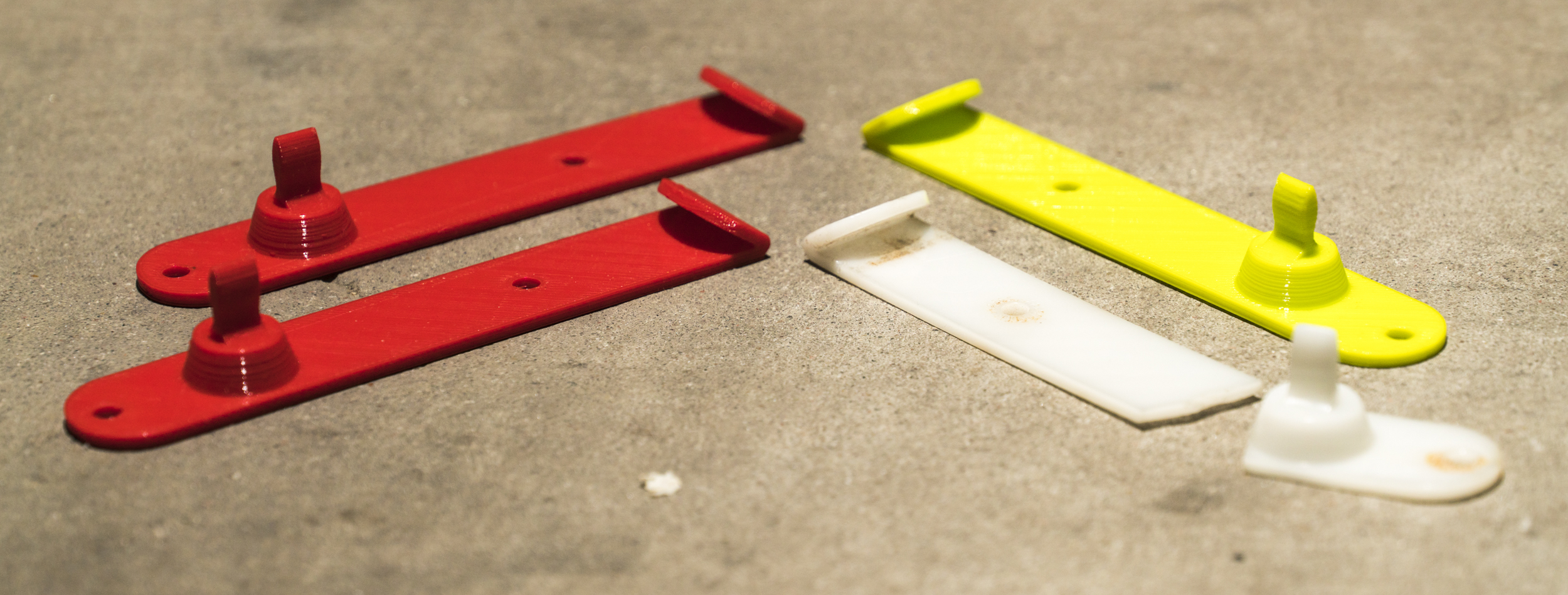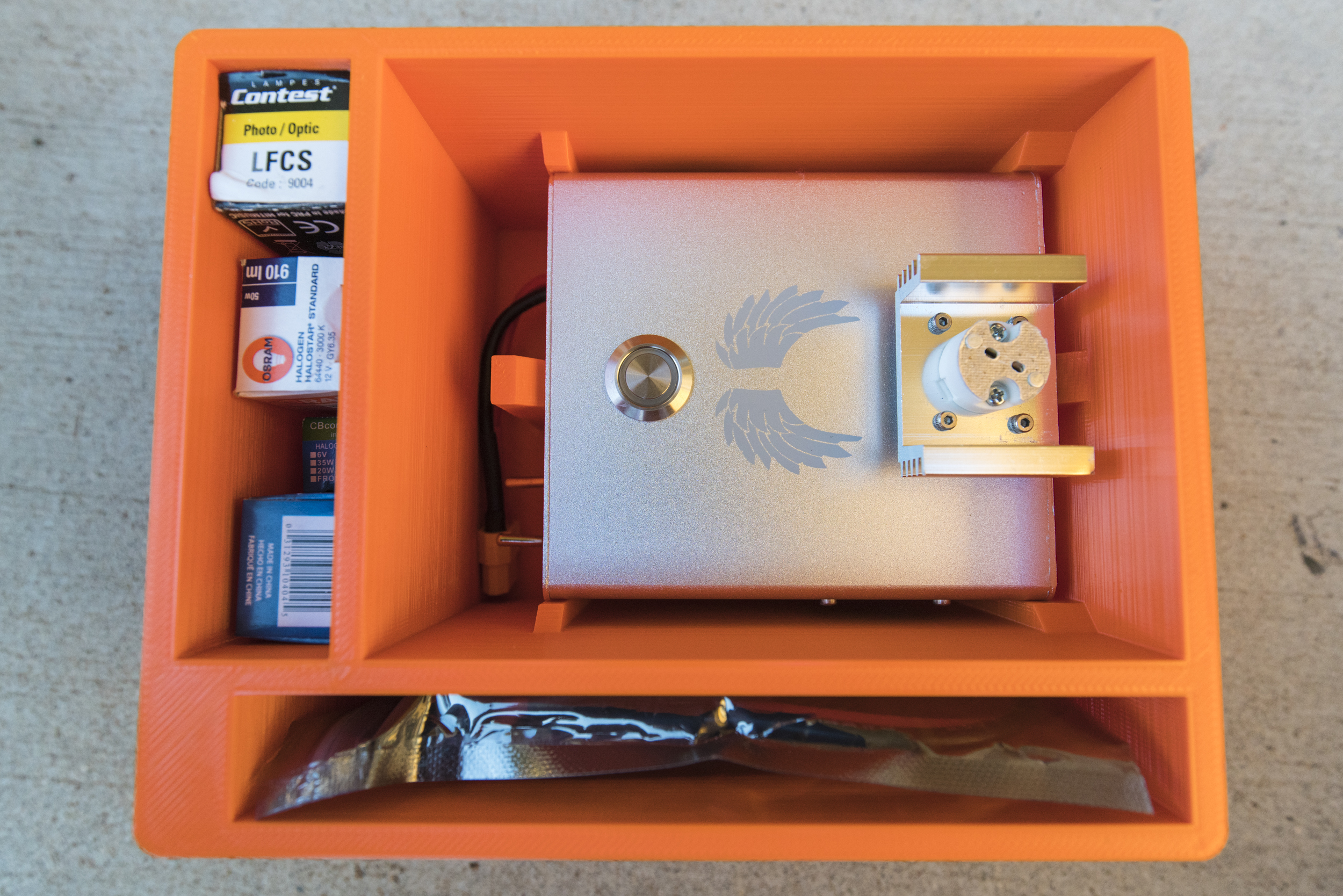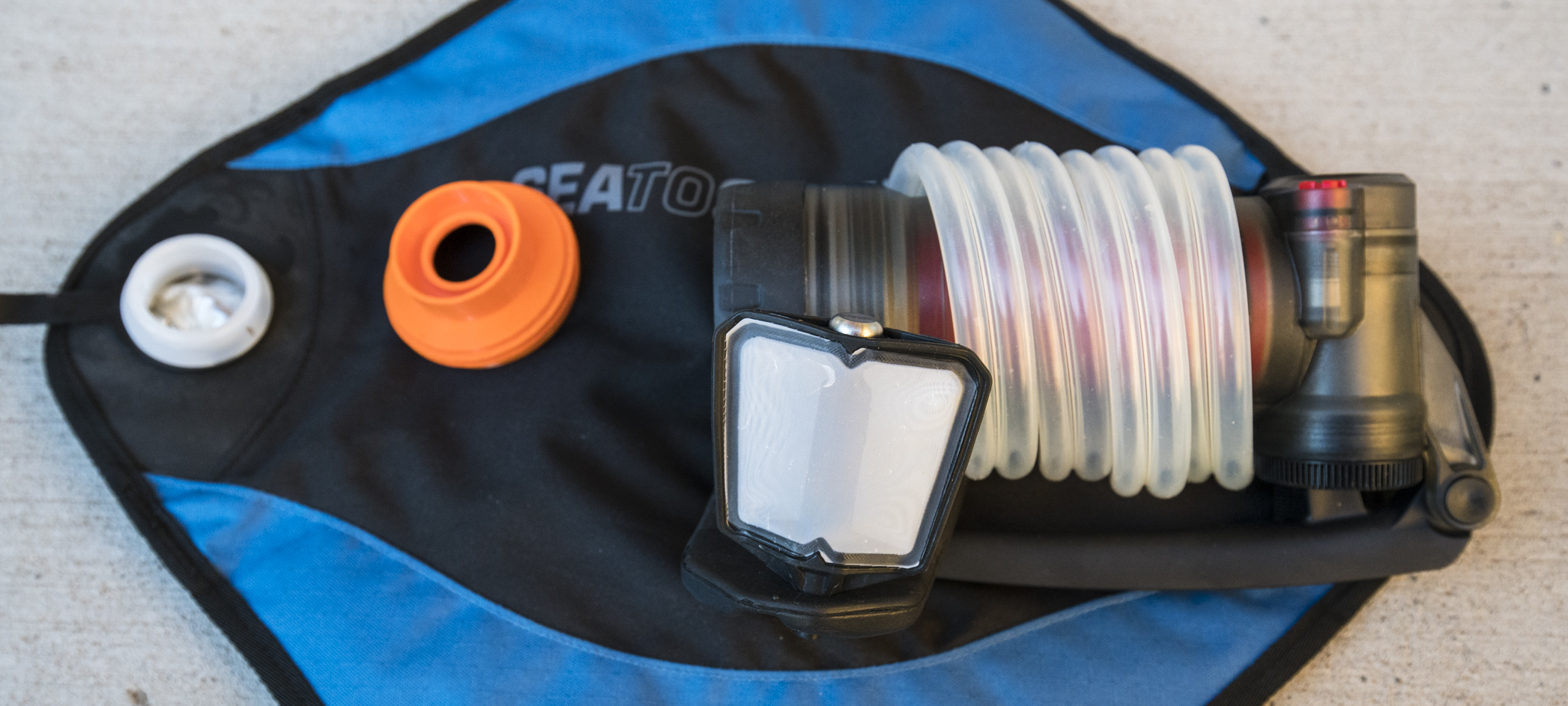
I never knew that motorcycle trail advocacy could be so much fun. For me, trail advocacy has always meant being the boots on the ground and swinging a hand tool playing in the dirt to build or maintain trails. Working dirt is good fun, but we all know that it’s more fun to ride a trail than build it. Yet, the folks at Klim have figured out how to make riding trails something that directly benefits trail advocacy: Enter Klim’s Cow Tag event. Now in its third year, the Cow Tag event brings in riders from all over North America to ride in Klim’s backyard trail system, win great prizes, and most importantly to raise money that goes to trail advocacy groups like The Blue Ribbon Coalition and the Idaho Trail Machine.
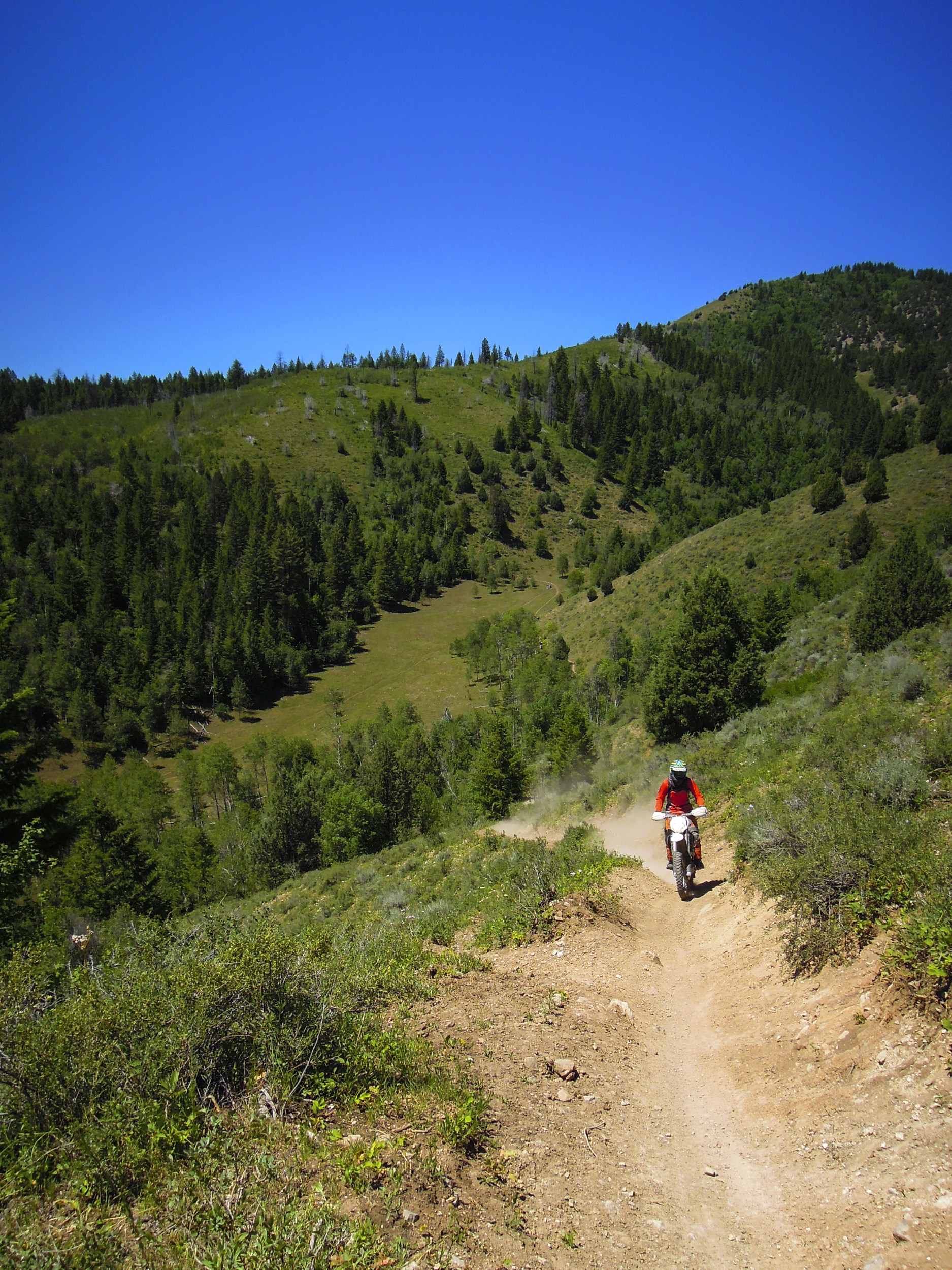


THE EVENT
If you’re wondering how Klim, whose gear has awesome names like ‘Drifter’, ‘Badlands’, and ‘Oculus’, decided on ‘Cow Tag’ for an event name, let me explain. The event works like this: At registration, you’re given a map of the entire trail system that has the locations of a bunch of cow tags (literally the things you see fixed to a cow’s ear) sprinkled all over it. During the event, your objective is to ride to as many tags as you can and record the number written on the back of the tag. Each tag is worth a certain number of points, and the end of the day the number of points you collect determines how many raffle tickets you get. You’re then free to put your raffle tickets in a drawing to win gear from a number of awesome brands who all support trail advocacy.

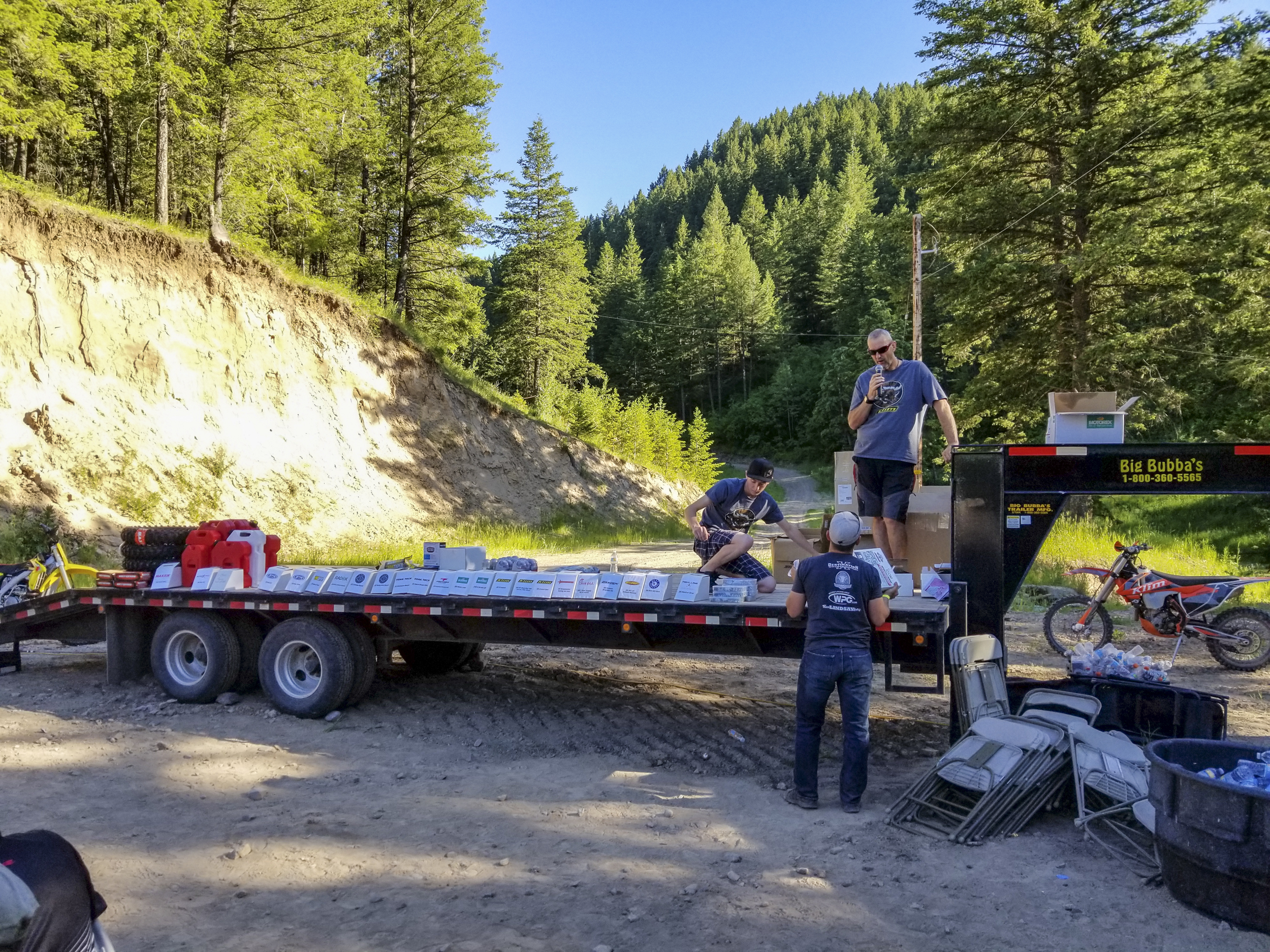
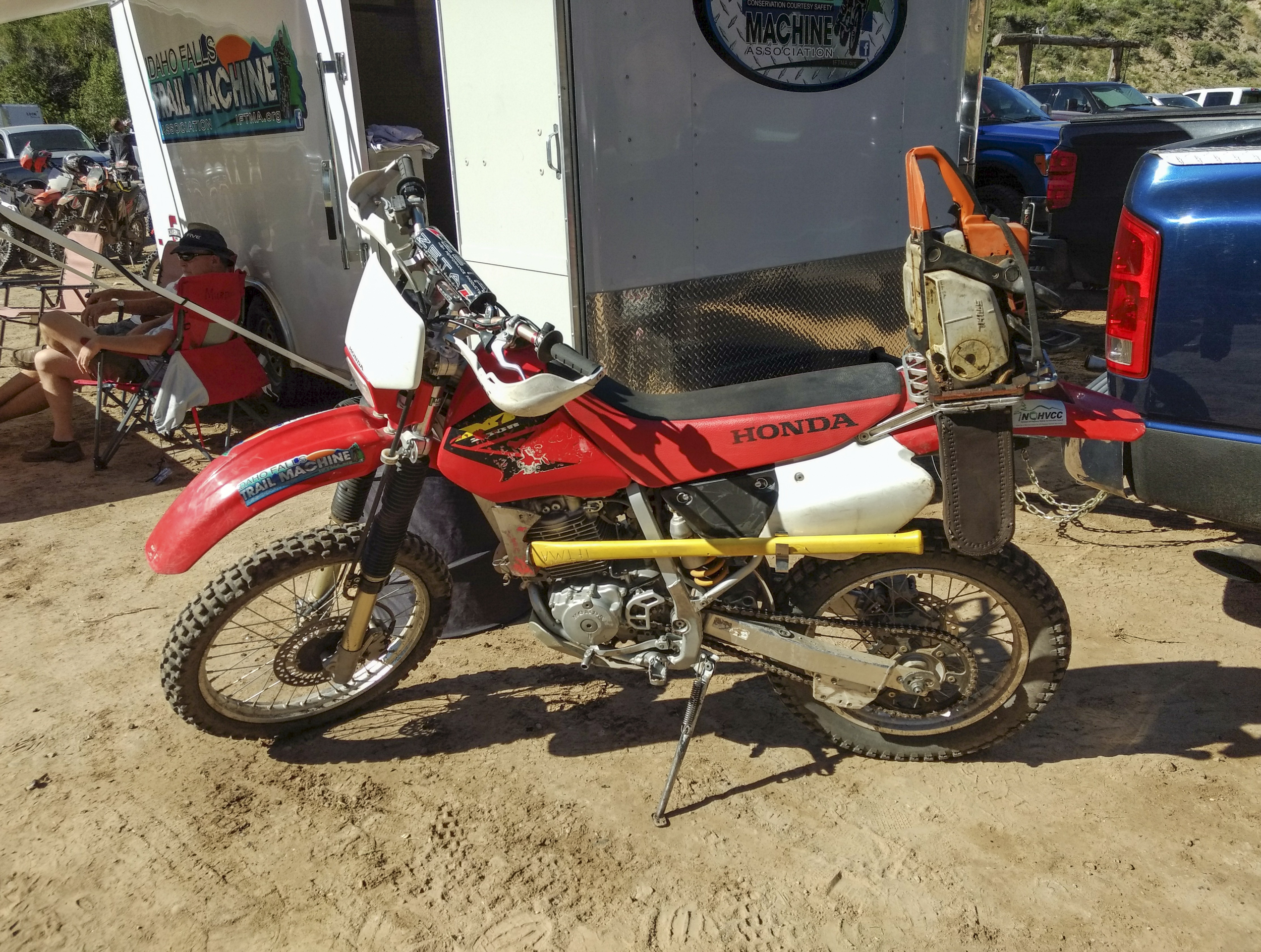


THE TRAILS
The Big Hole Mountain trail system is something you can’t truly appreciate until you sampled some of this world class single track in the Caribou Targhee National Forest. Ribbons of single track are laced over this awesome country by folks who clearly see the world through a dirt biker’s pair of goggles. Hundreds of miles of trails climb to rocky ridge lines with stunning views and then drop into winding canyons that look like they came straight out of Middle Earth. Trails thread their way through tunnels in the forest and along the sides of mountains. There are no fall zones and snowfields, log and creek (read: river) crossings and technical moves innumerable – in short it’s a singletrack paradise.



This trail system has something for everyone. From fast and flowy to hard-enduro technical, your dream trail is out there. The folks at Klim have graded all of the trails for the event from green to double black on a difficulty scale (think ski area trail ratings). Greens are typically two-track trails that are open to ATV’s too. Don’t let that fact discourage you – ATVs tend to carve out perfectly-bermed turns that are an absolute hoot on a dirtbike. Blue trails range from fast and flowy to easier technical moves and some exposure thrown in for good flavor. My riding buddies and I spent most of our time on blues, and we were blown away by just how many miles of awesome trail are in this system. Single blacks are where things start to get fun, as these trails have mandatory technical moves, and depending on which way you’re going on a trail some rather fun ledges and other obstacles to climb. Double blacks are where you’re going to find the exposure and technical moves that can mean bad things if you blow a line. One of the double blacks we sampled was a goat track across a very steep slide slope, and it took everything four guys had to recover a bike that slipped off the trail.
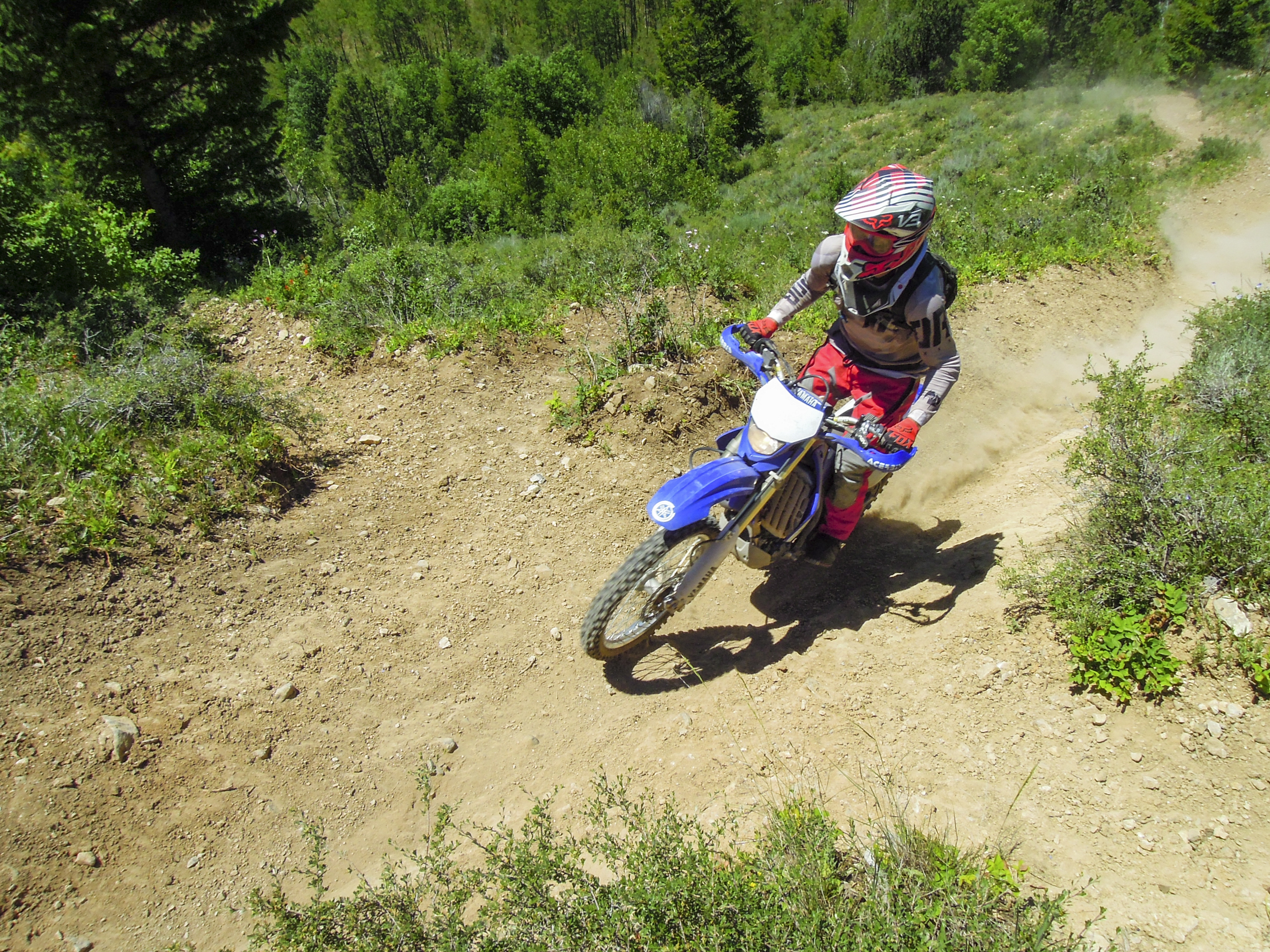


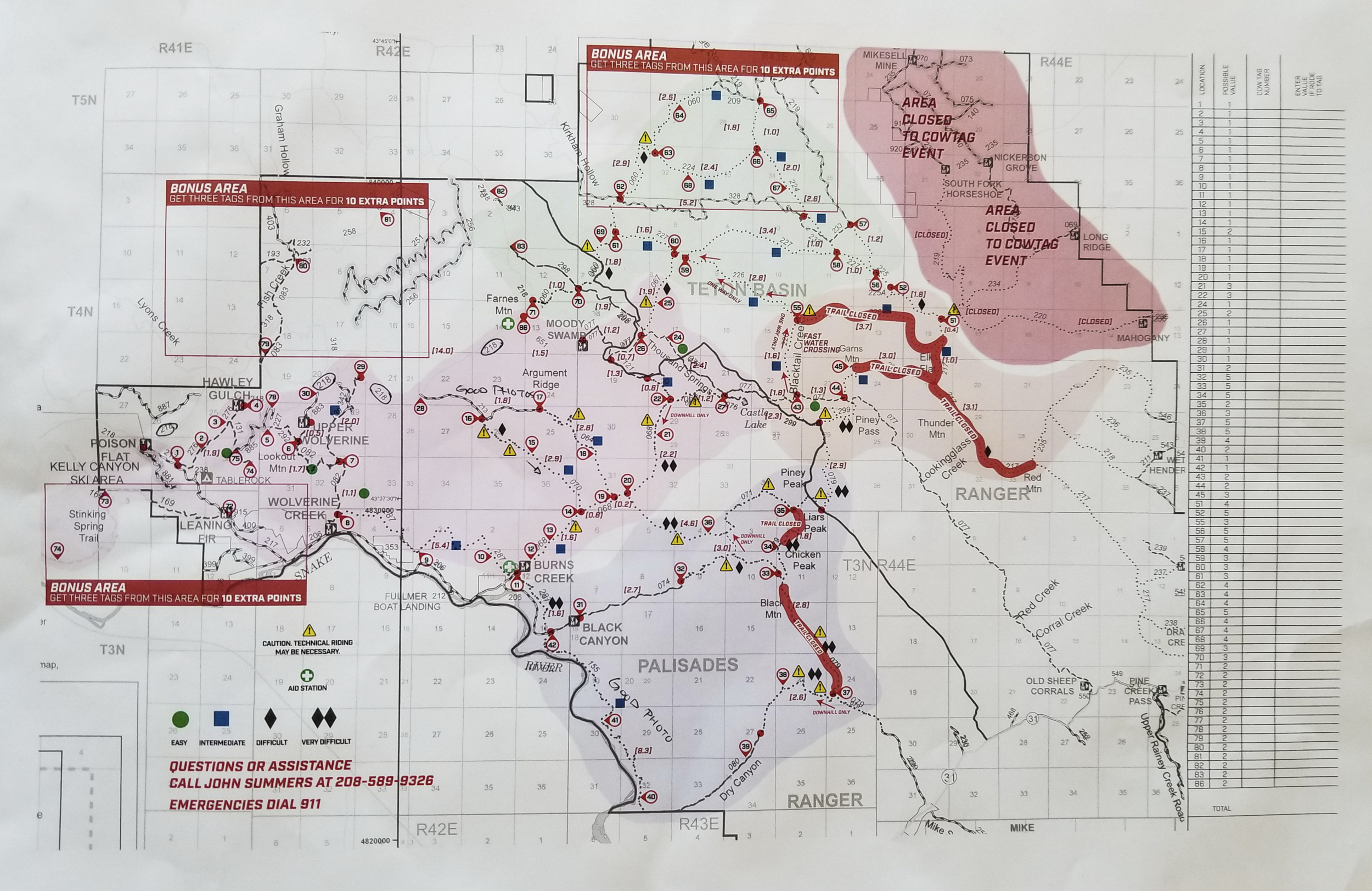

THE BIG PICTURE
Klim’s Cow Tag event is the best trail advocacy experience I’ve had in my life – and I’m fortunate enough to live in a community where we get to build new dirtbike trails with the forest service every year. Roughly 300 riders participated in this year’s event, and judging by the dusty, smiling faces I saw everywhere at the end of the day – I know everyone had a great time. And, all of the riders that participated in the Cow Tag can feel good about the fact that not only did they have a great day of riding, but they’ve helped to make sure that places like the Big Hole Mountain trail system stay open to dirtbikes.


Trail advocacy is something that everyone who recreates outdoors needs to be involved in. Whether you’re on two wheels or four, if you value the trails that you utilize, then you need to support or, better yet, get involved with an organization that’s working to ensure your access to our nation’s trails. If we don’t get involved, we will only loose access to the trails and trail systems that we all love riding. Klim has created something brilliant in the Cow Tag event – they made trail advocacy something that is a ton of fun to participate in. They’ve found great companies and organizations to partner up with to help make this event possible, and it’s my sincere hope that other companies, clubs, and organizations will follow suit to host events like the Cow Tag all over the place. The more folks that get involved in trail advocacy, the better the odds are that world-class trail systems like the Big Hole Mountain trail system will be open for years to come. Do yourself a favor – if you can travel to one place to ride next year, go to the Cow Tag event.


Thanks to Adam, Kenny, Stephen, and Christian for letting me continually stop the ride to take photos. Thanks to all of the awesome folks at Klim and all of the other organizations that put on an outstanding event for a great cause.





